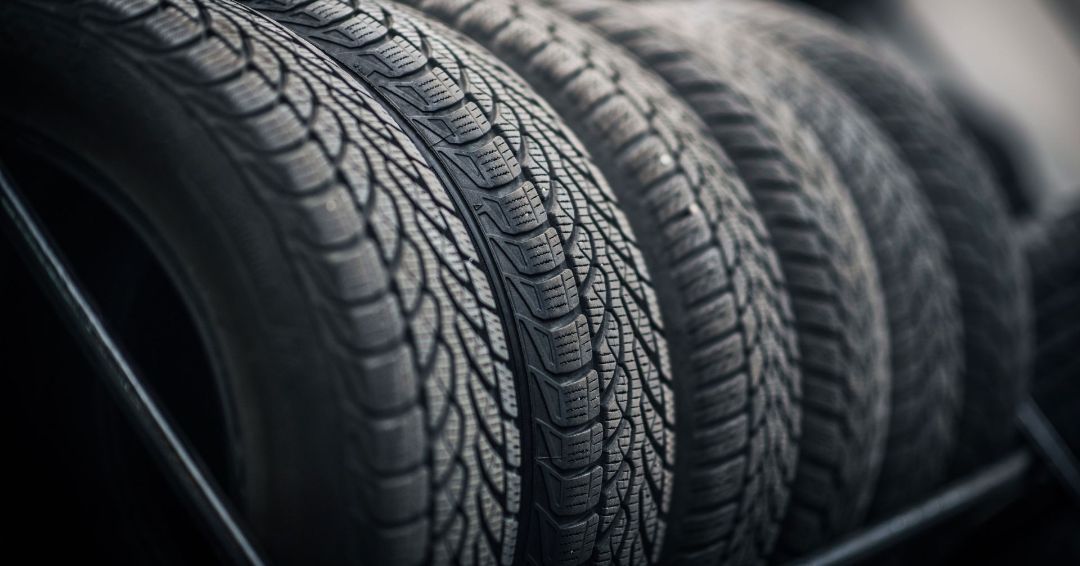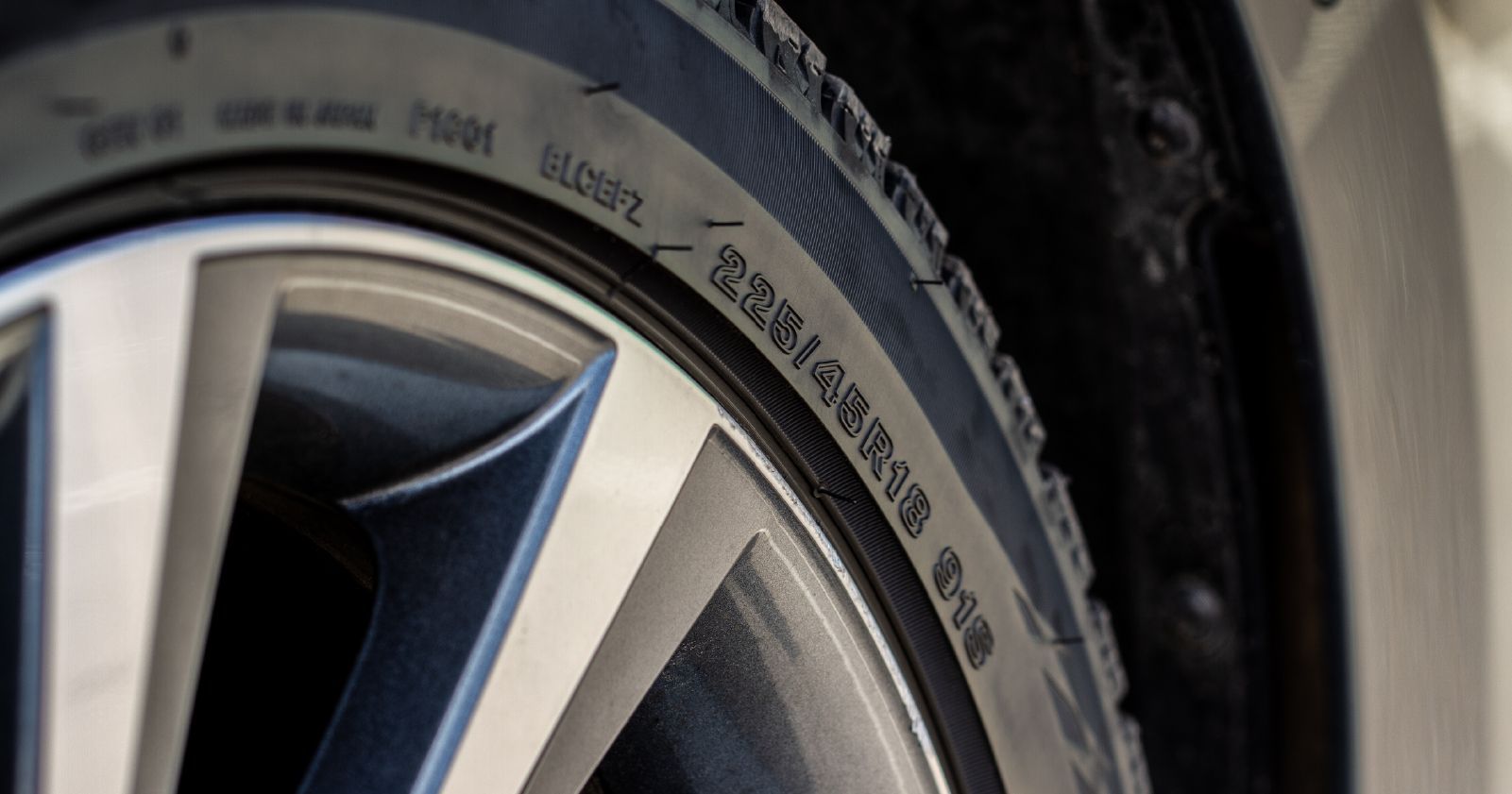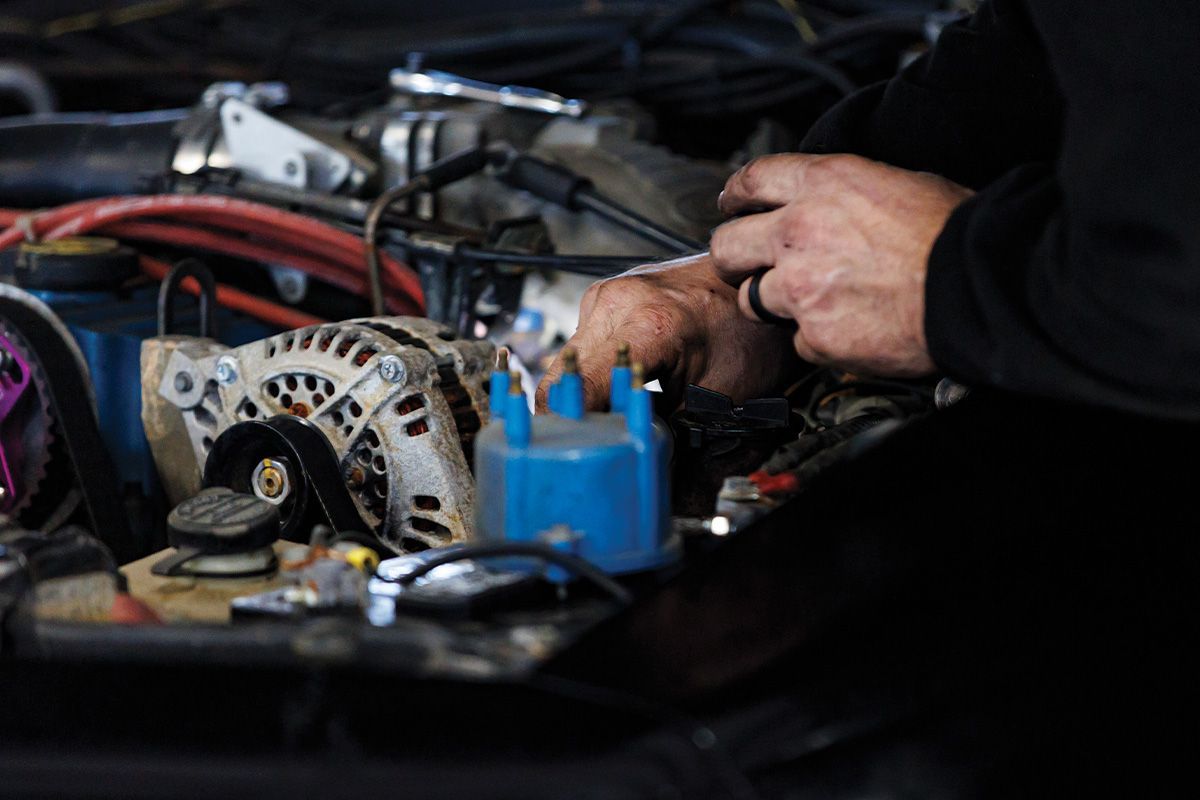
How is a Tire Made?
The tires on your vehicle and vehicles across the world, was a result of multiple inventors across several decades. Robert William Thomson invented the first vulcanized rubber pneumatic tire in 1845, but it was too costly and ahead of its time and attracted little interest. In the 1880’s John Boyd Dunlop was the inventor of the first practical inflatable tire for bicycles. Several years later, André Michelin and his brother Edouard were the first to use pneumatic tires on an automobile, but they were not successful in making them durable. It wasn't until Philip Strauss invented the combination tire and air-filled inner tube in 1911 that pneumatic tires could be used on automobiles with success. How Tires are made.
Tires are made of strong, flexible rubber attached to the rim of a wheel to provide a gripping surface for traction and serve as a cushion for the wheels of a moving vehicle. Tires offer your first and only contact with the road and allow effective steering, braking, accelerating, and turning. Let’s go through the fascinating process of how these feats of engineering are made.
The Tire Making Process
Raw Materials: The main ingredients used in tire production are natural and synthetic rubber. The raw rubber used in tire manufacturing is produced by combining liquid latex with acids that cause the rubber to solidify. Excess water is removed from the rubber and formed into sheets that are dried and pressed in bales to be shipped to tire factories around the world. Synthetic rubber is produced from the polymers found in crude oil. The other primary ingredients are metallic and textile reinforcement cables, carbon black, silica, sulfur, and other chemicals.
Design: Car tires are made of four basic components: beads, the body, sidewalls, and the tread. Many tires are custom designed to the desired specifications and performance needs of the maker of a particular model vehicle. Depending on the design of the treads, the tires are optimized for certain conditions. Computer systems play a major role in tire design to simulate the effects of different types of rubber compounds. Tire engineers perform thorough computer studies of a new tire before a tire prototype is made for testing. When the tire passes all inspections for safety, performance, and durability, tire factories begin mass production of the new tire.
Manufacturing: A machine called a Banbury Mixer combines the raw materials for each compound into a regulated batch of black material. The mixing process is computer-controlled to assure standardization. The compounded materials are then sent to machines for further processing into the sidewalls, treads, or other parts of the tire. The task of assembling the tire then begins.
The body, beads, and tread of the tires are produced, and a tire assembler starts building a tire by wrapping the rubber-covered fabric plies of the body around the machine drum. The beads are added and locked into placed and special power tools shape the edges of the tire plies. Finally, the extruded rubber layers for the sidewalls and tread are glued into place, and the assembled tire, called the green tire, is removed from the tire-building machine. The tire is then placed in a mold for the curing process, then inspected and tested before distribution.
Your vehicle’s tires are considered the most vital component of a car. Tires are found on automobiles, trucks, buses, aircraft landing gear, tractors and other farm equipment, industrial vehicles, bicycles, motorcycles, and more. Modern tire technology blends a unique mix of chemistry, physics, and engineering to give consumers a high degree of comfort, performance, efficiency, reliability, and safety. Tire factories staffed with skilled workers all over the world produce more than 250 million new tires every year.
Latest News and Updates









